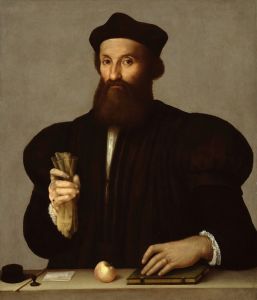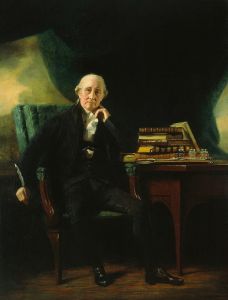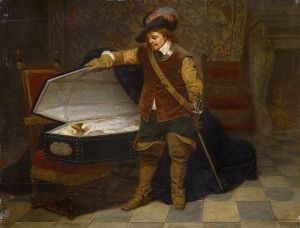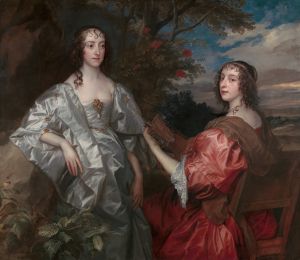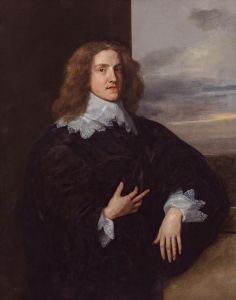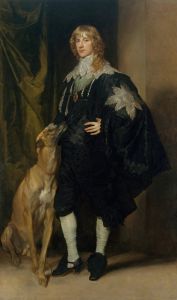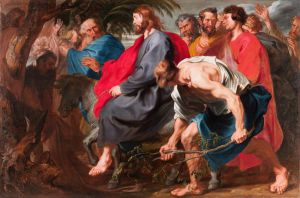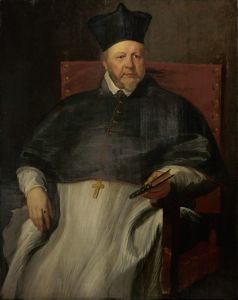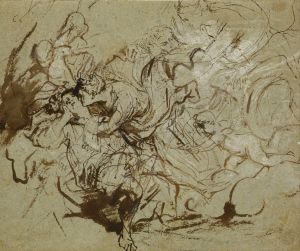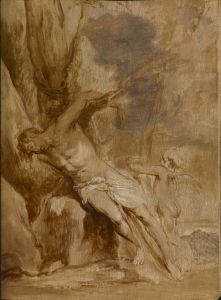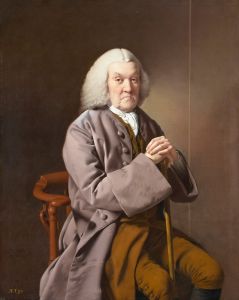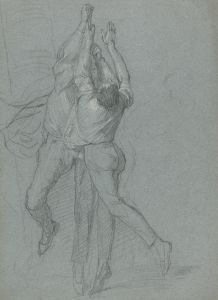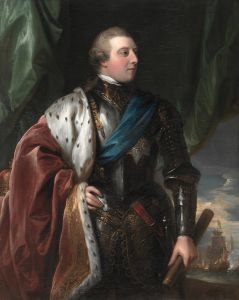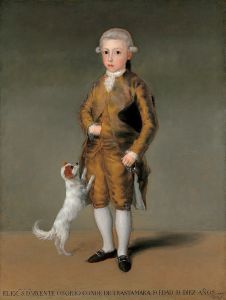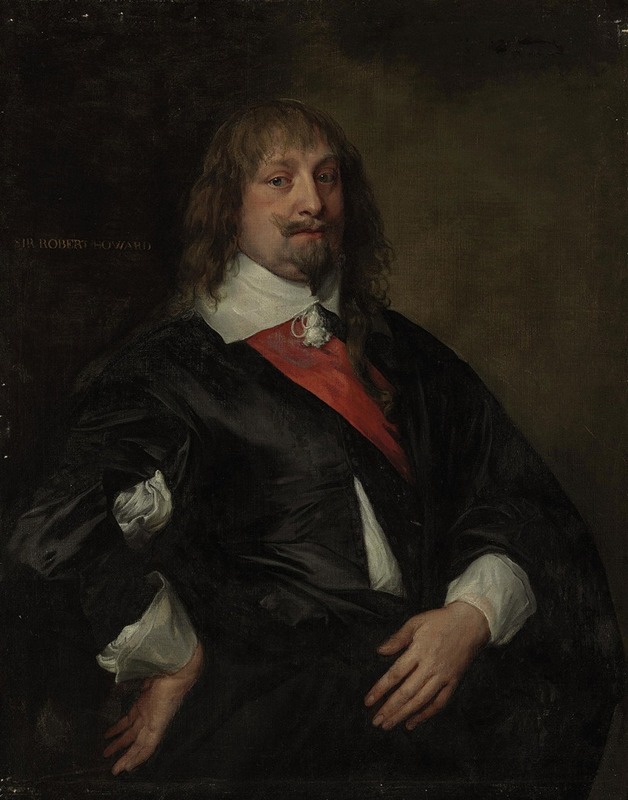
A portrait of Sir Robert Howard
A hand-painted replica of Anthony van Dyck’s masterpiece A portrait of Sir Robert Howard, meticulously crafted by professional artists to capture the true essence of the original. Each piece is created with museum-quality canvas and rare mineral pigments, carefully painted by experienced artists with delicate brushstrokes and rich, layered colors to perfectly recreate the texture of the original artwork. Unlike machine-printed reproductions, this hand-painted version brings the painting to life, infused with the artist’s emotions and skill in every stroke. Whether for personal collection or home decoration, it instantly elevates the artistic atmosphere of any space.
Anthony van Dyck, a prominent Flemish Baroque artist, is renowned for his portraits of the aristocracy and influential figures of the 17th century. One of his notable works is "A Portrait of Sir Robert Howard." This painting exemplifies van Dyck's skill in capturing the elegance and stature of his subjects, a hallmark of his portraiture.
Sir Robert Howard, the subject of this portrait, was an English playwright and politician. Born in 1626, Howard was a member of the influential Howard family, known for their significant contributions to English political and cultural life. He was the son of Thomas Howard, 1st Earl of Berkshire, and his connections to the nobility provided him with opportunities to engage in both political and artistic circles.
Van Dyck's portrait of Sir Robert Howard is a testament to the artist's ability to convey the personality and status of his subjects. The painting likely dates to the period when van Dyck was active in England, serving as the principal court painter to King Charles I. During this time, van Dyck produced numerous portraits of the English nobility, capturing the opulence and refinement of the Caroline court.
In the portrait, Sir Robert Howard is depicted with the grace and poise typical of van Dyck's style. The artist's use of rich colors and attention to detail in the rendering of fabrics and textures highlights Howard's status and wealth. Van Dyck's portraits often feature a sophisticated interplay of light and shadow, which adds depth and dimension to the subject's features, and this work is no exception.
The composition of the portrait reflects van Dyck's influence from his time in Italy, where he studied the works of Titian and other Renaissance masters. This influence is evident in the elegant pose and the dignified expression of Sir Robert Howard, which convey a sense of nobility and introspection.
Van Dyck's portraits were highly sought after by the English aristocracy, and his work had a lasting impact on the development of English portraiture. His ability to blend the grandeur of Baroque art with the subtlety of individual characterization set a new standard for portrait painting in England.
While specific details about the commission and provenance of "A Portrait of Sir Robert Howard" are not extensively documented, the painting remains an important example of van Dyck's work during his English period. It reflects both the artist's mastery of portraiture and the cultural milieu of 17th-century England, where art and politics were closely intertwined.
In summary, Anthony van Dyck's portrait of Sir Robert Howard is a significant work that captures the essence of its subject with elegance and sophistication. It stands as a testament to van Dyck's enduring influence on the art of portraiture and his ability to immortalize the figures of his time with grace and insight.





